Did Ray Ban Really Invent Aviator Sunglasses – Part Three of Our Investigation
In Part One (link) and Part Two (link) we covered 19th Century hinged bicyclist’s shields early hinged motoring glasses, and how practically every pair of shield style aviator sunglasses descends from them.
But what, you might ask, about fixed bridge aviator sunglasses?
Well…
It’s probably best to go back to the mid-19th Century for a look at the first industrial safety glasses in order to get an idea of the style’s evolution. They differed from ordinary spectacles of the period by virtue of having larger lenses that were clear and non-prescriptive.
Until these were developed eyewear in the West had small lenses. These, in fact, were the first “big” eyeglass frames.
The larger lenses provided some protection against flying particles. Eventually safety glasses with screens for lenses, all kinds of side shields and other goodies would be developed, which provided better protection. We’ll take a look at them sometime. But today we’re focusing on aviator sunglasses.
A main distinguishing feature of the aviator sunglasses is they have two bridges: a conventionally placed bridge and a second bar connecting the two lenses near the browline.
In a wire frame with large lenses, the second bridge is needed to keep the frame stable and keep the eyewires holding the lenses from bending in relation to each other.
This second bridge was first seen in the safety glasses of the early 20th Century.
Around the same time sunglasses with two fixed bridges were developed for motoring. These, in fact, looked more or less like the aviator sunglasses we know.
In fact the basic “aviator” shape was seen in a wide variety of motoring sunglasses of the early 20 Century.
So basically, what most would consider aviator sunglasses have been around for well over 100 years.
Next week we’ll take a look at the first sunglasses ever commissioned by the U.S. Army Air Corp. And no, they weren’t Ray Bans…
Links to the next two installments of this series can be found below:

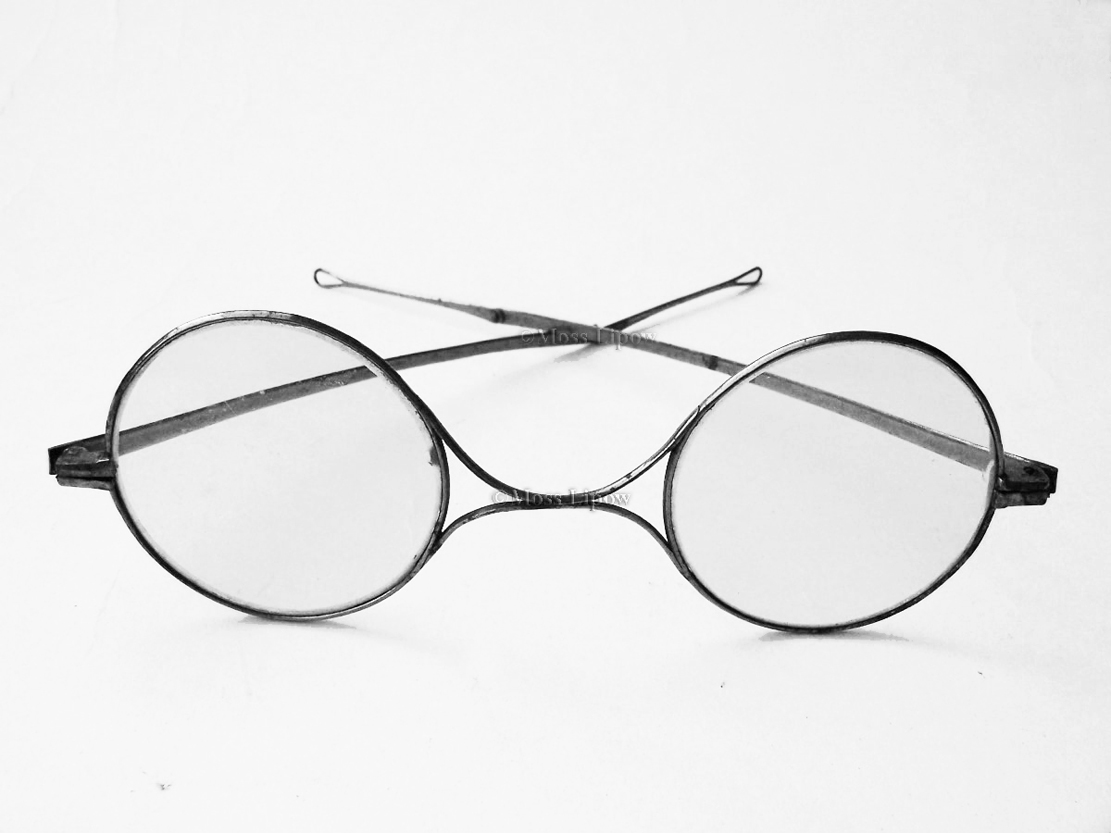
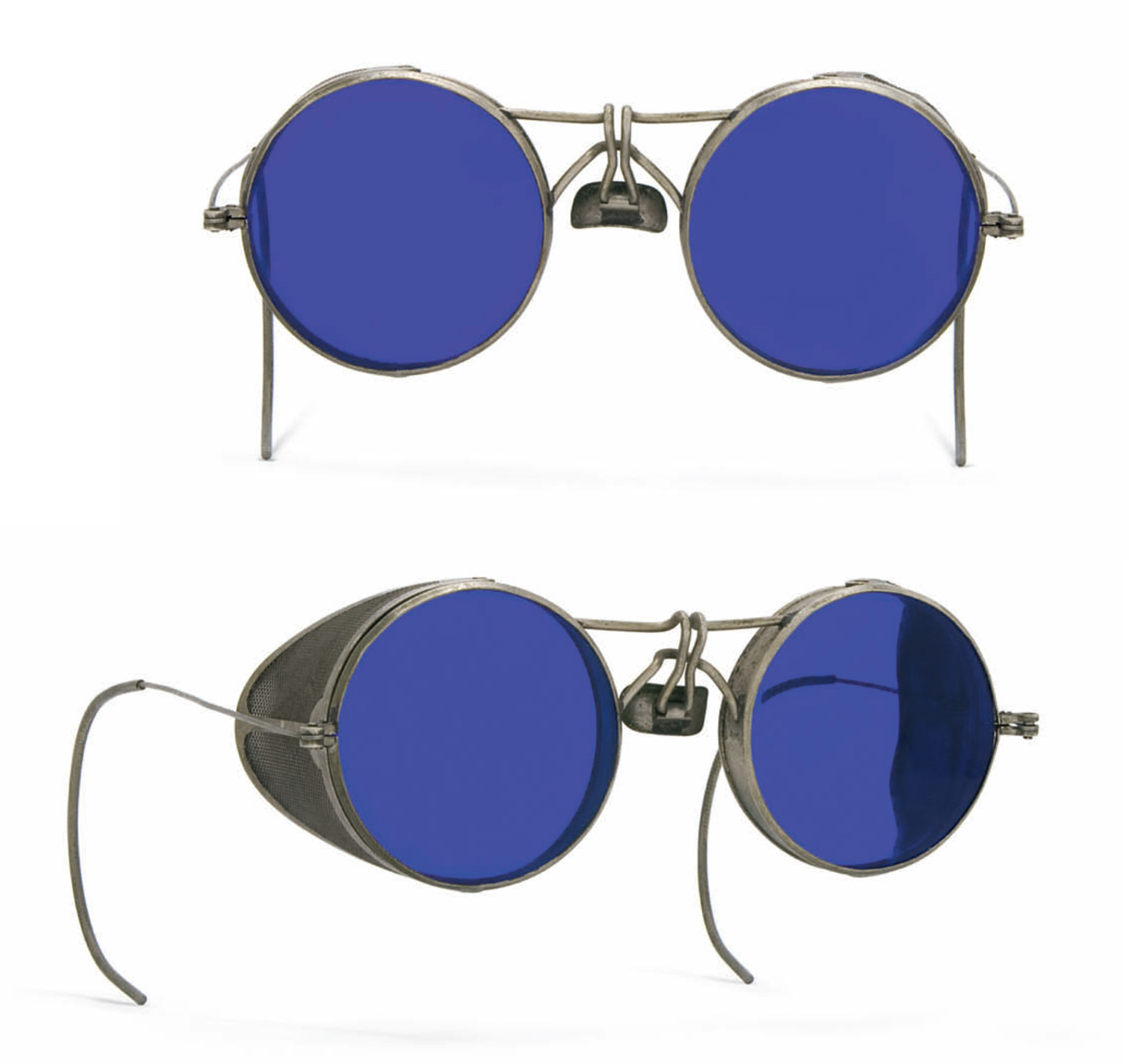
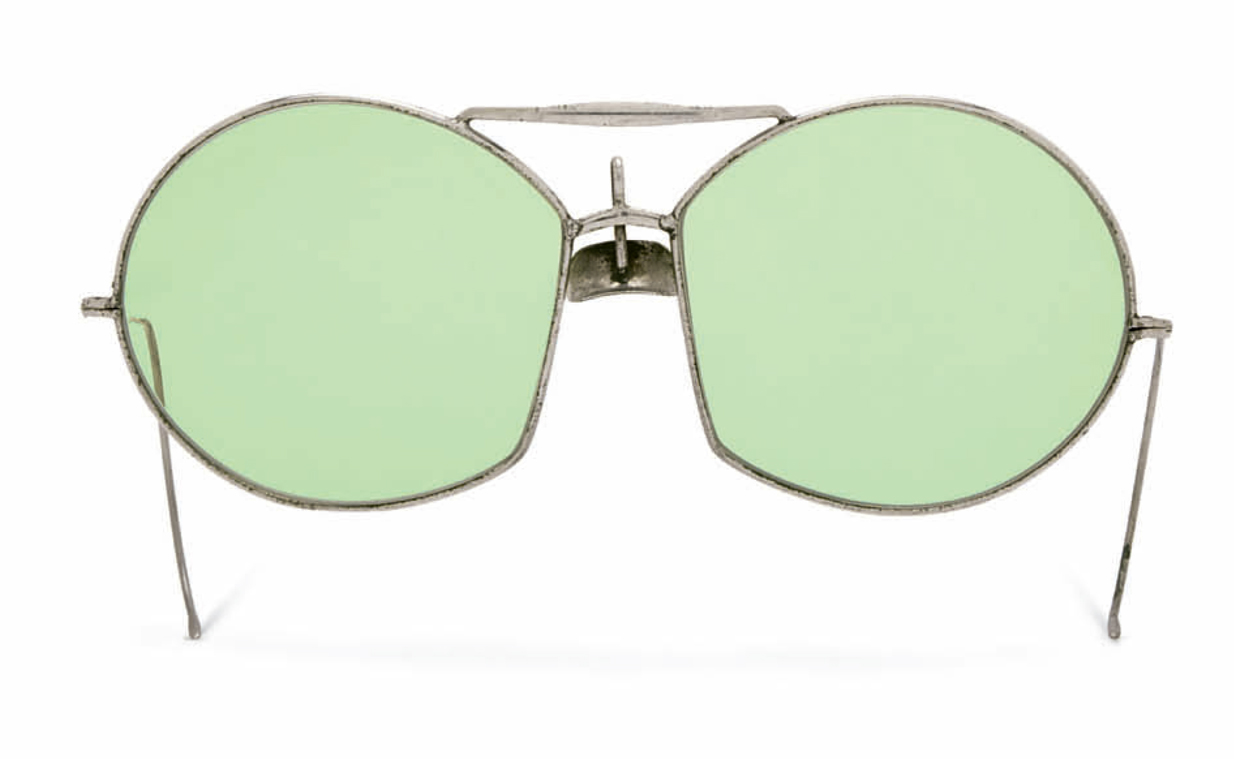

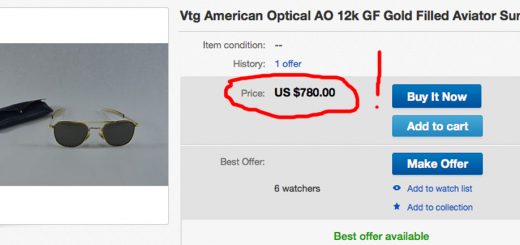
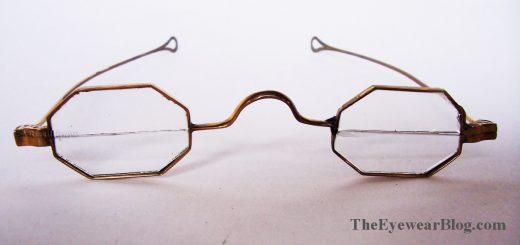
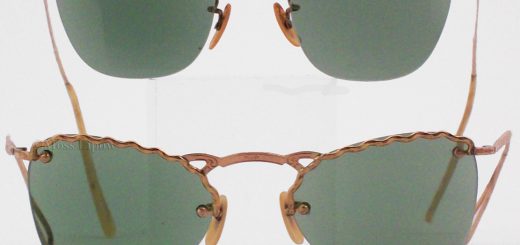
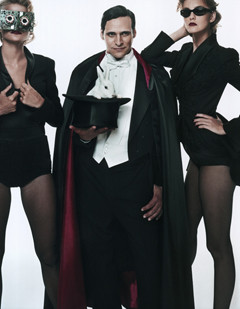
Good morning, Mr. Lipow, as a collector who loves detail, I congratulate you on your website, it is helping me to study a sunglasses from my collection.
The question is if you can guide me on them, I have seen places where identical glasses are sold as genuine from the WWII, but I have my doubts.
These glasses belonged to my father, he always wore them, he worked at the US Naval Base in Rota in Spain, in the late 1950s, and he most certainly acquired them there.
They have an inscription: “Ray-Ban B&L 1/10 12K GF” and a circle on the front, they are dark green lenses.
Remaining grateful.
Rafael Fernandez.
From Spain.
Probably bought at the PX. If the circle in front was in the center of the bridge, it suggests they were shooters. The circle was for you to put your lit cigarette in while at the range, so the smoke wouldn’t get in your eyes.